Two renowned experts talk about the standards that regulate the prevention and protection of fires in Latin American living rooms.
by Álvaro L. Pérez S.
On November 16, 2016, a major fire broke out in one of the movie theaters of the Larcomar shopping center in Lima, Peru. The incident, which left four people dead, sparked an international debate on the regulatory framework for fire prevention, the echoes of which continue to this day.
Almost immediately, it was established that the cinema lacked an automatic sprinkler system, which is mandatory in this type of space. Likewise, authoritative voices pointed out that such protection would possibly have controlled the fire, reducing the economic impact and avoiding the loss of lives.
What happened then? Four years before the Larcomar disaster, automatic sprinklers had already been included in Peru's National Building Regulations. However, the legal provision adopted in 2012 had no effect on the shopping centre built in 1998, because it was not conceived retroactively.
A complex picture
The spatial characteristics of cinemas and theatres, as well as their lighting and ventilation conditions, represent a challenge in any case of emergency, due to the fact that they are enclosed spaces with high occupancy density. In addition, while theaters are usually dimly lit, cinemas remain in almost total darkness.
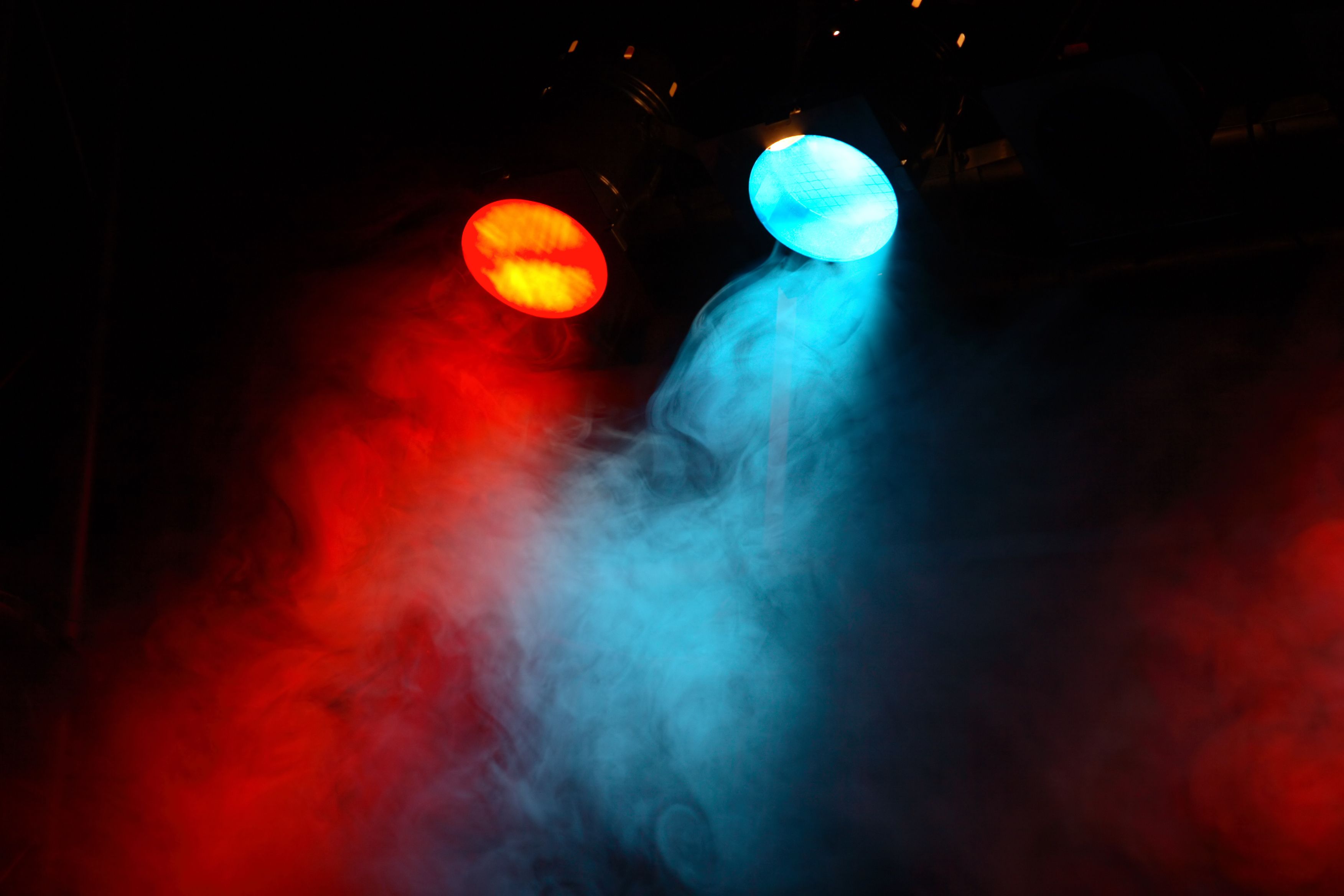
In this way, an eventual evacuation, walking from the seats through narrow aisles to reach the outside, can become a confusing and time-consuming process. It is also common for occupants to be unaware of the location of exits or how to take shelter in the event of a fire.
 Jaime Gutiérrez Casas, general director of Development at the National Fire Protection Association (NFPA) for Latin America, says that although awareness of the issue has increased, in countries such as Mexico there is still much to be done. "It is essential to continue to improve staff training, public awareness and regular inspections to ensure compliance," he says.
Jaime Gutiérrez Casas, general director of Development at the National Fire Protection Association (NFPA) for Latin America, says that although awareness of the issue has increased, in countries such as Mexico there is still much to be done. "It is essential to continue to improve staff training, public awareness and regular inspections to ensure compliance," he says.
 Jaime Moncada, managing director of International Fire Safety Consulting (IFSC) also expresses concern by highlighting that most theaters and cinemas lack automatic sprinklers, well-designed escape routes and necessary interconnections. "For example, each alarm panel should interface with the screening room so that in the event of an alert, the film stops and the lights come on. In the same way, theatrical stages have been areas of recognized risk and require special protection," he explains.
Jaime Moncada, managing director of International Fire Safety Consulting (IFSC) also expresses concern by highlighting that most theaters and cinemas lack automatic sprinklers, well-designed escape routes and necessary interconnections. "For example, each alarm panel should interface with the screening room so that in the event of an alert, the film stops and the lights come on. In the same way, theatrical stages have been areas of recognized risk and require special protection," he explains.
A separate chapter are the old movie theaters and theaters, many of them considered historic buildings and some several centuries old, which adds technical and financial complexity to any attempt to adapt to current safety standards.
In addition, the economic factor has an impact, even more so after the pandemic, when the owners of these buildings faced complex situations that prevail in many cases. Thus, there is a shortage of resources to pay for the expensive upgrades that are required.
Current regulatory framework
Modern regulation states that theaters and movie theaters correspond to assembly occupations, in this case for recreational purposes. Worldwide, the National Fire Protection Association (NFPA) and its standards are considered the most important benchmarks in fire prevention and protection.
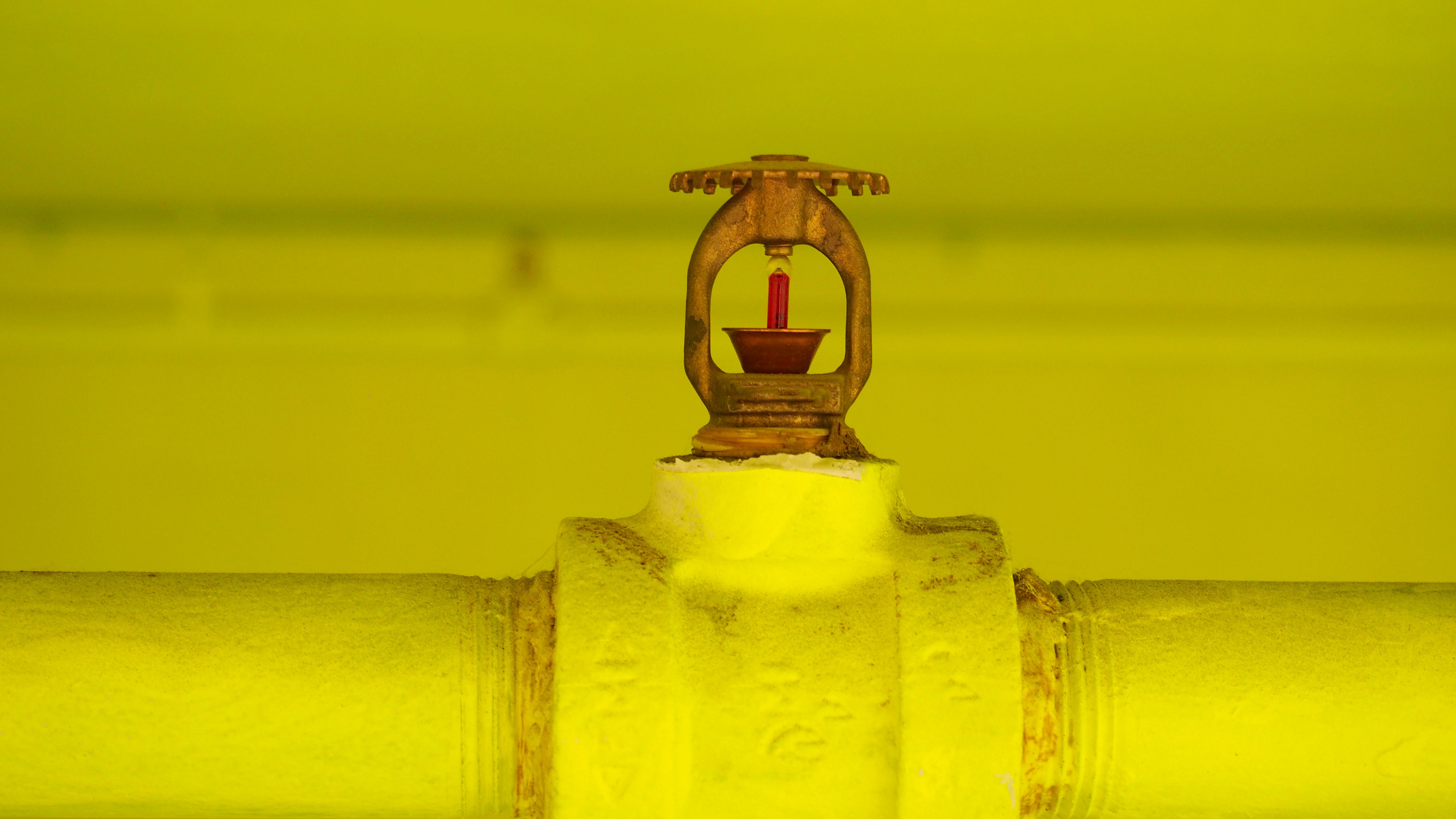
For example, NFPA 101: Life Safety Code, also known as the Life Code, lays out comprehensive requirements for fire safety, including provisions for the safe evacuation of buildings, exit design, fire alarms, and automatic sprinkler systems.
This standard also includes strict criteria on the design of seating in cinemas and theatres, with specific requirements in aspects such as the maximum number of seats in each aisle, the size of the front of the chairs, the width of the aisles, the distance to the exits, the number and measurements of these exits and the illuminated signage.
On the other hand, automatic sprinkler systems are considered a mandatory and fundamental component in fire protection schemes, especially in large venues such as stadiums, theaters and movie theaters. Detailed requirements for installation are defined in NFPA 13: Standard for the Installation of Automatic Sprinkler Systems.
Meanwhile, NFPA 72: National Fire Alarm and Signaling Code provides requirements for the installation, inspection, testing, and maintenance of fire alarm systems, while also regulating signage in buildings, which is crucial to the safety of people if a conflagration occurs.
Currently, the installation of hose cabinets is not required by NFPA in most buildings. However, theaters are an exception, as current regulations require a hose, 1 to 1-1/2 inches in diameter, that is long enough to reach both the stage and the proscenium.
Latin America in front of the world
Experts warn that the codes established in the countries of the region have not yet reached the levels of specificity that characterize, for example, the NFPA 101 standard.
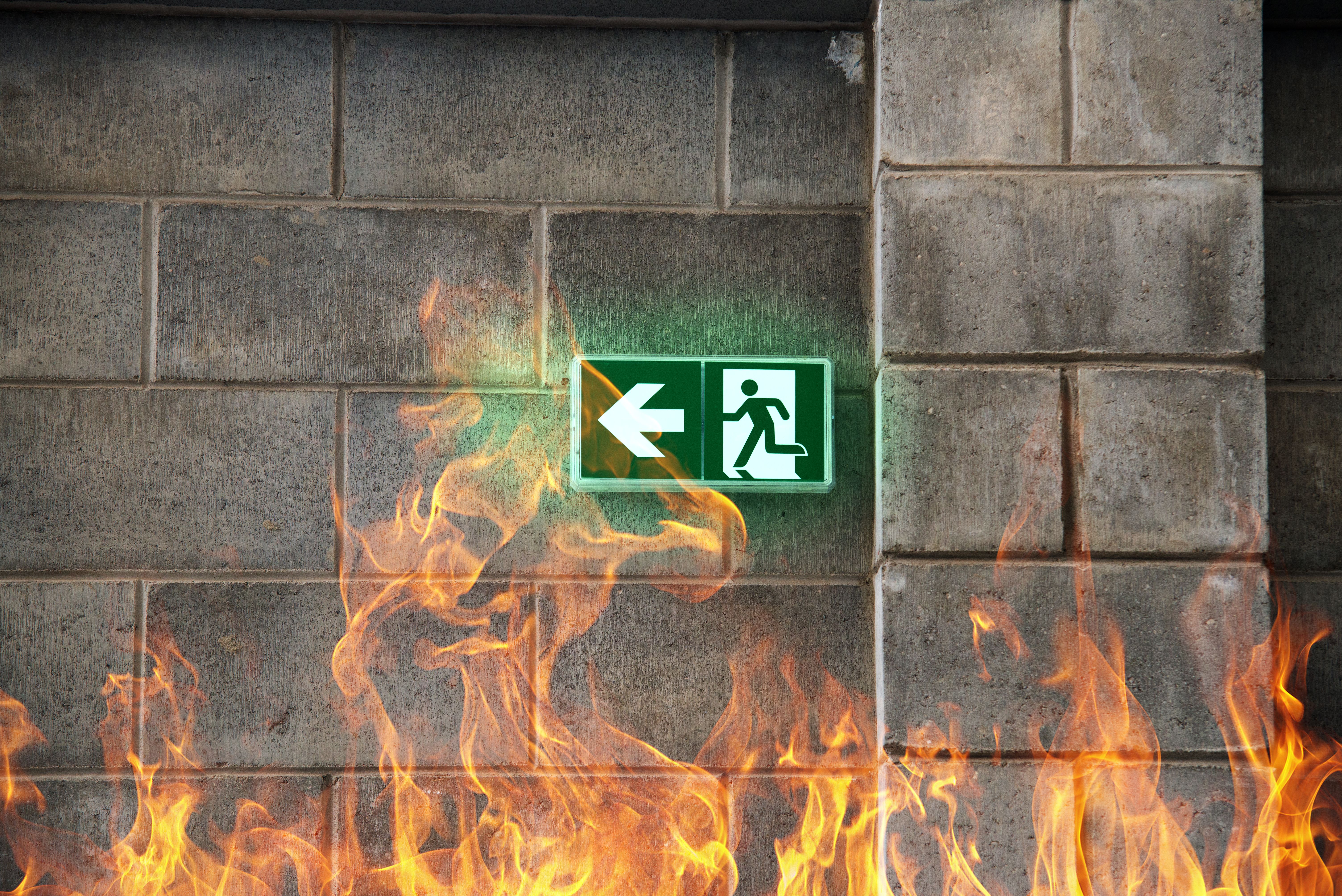
Jaime Moncada comments: "I don't think there are independent laws in Latin America to improve fire safety in theaters and cinemas. However, countries such as Colombia, Costa Rica, Ecuador, Panama, Peru and the Dominican Republic have improved their fire codes by including requirements for assembly sites, which includes these spaces."
For his part, Jaime Gutiérrez Casas describes what is happening in Mexico: "Fire safety in theaters and movie theaters is mainly governed by the Official Mexican Standard NOM-002-STPS-2010, which regulates the prevention and protection against fires in workplaces."
Both Moncada and Gutierrez emphasize the absolute need to strictly comply with these provisions to ensure safety for visitors and workers in sectors such as entertainment, events and academia. To this end, it is necessary, they point out, to articulate authorities, professionals, employees and citizens in a permanent collaboration around prevention.
Technology that responds to regulation
The wide range of electronic devices and systems available today contributes decisively to the mitigation of fire risks, also making it possible to comply with the regulations for the prevention and protection of accidents caused by fire.
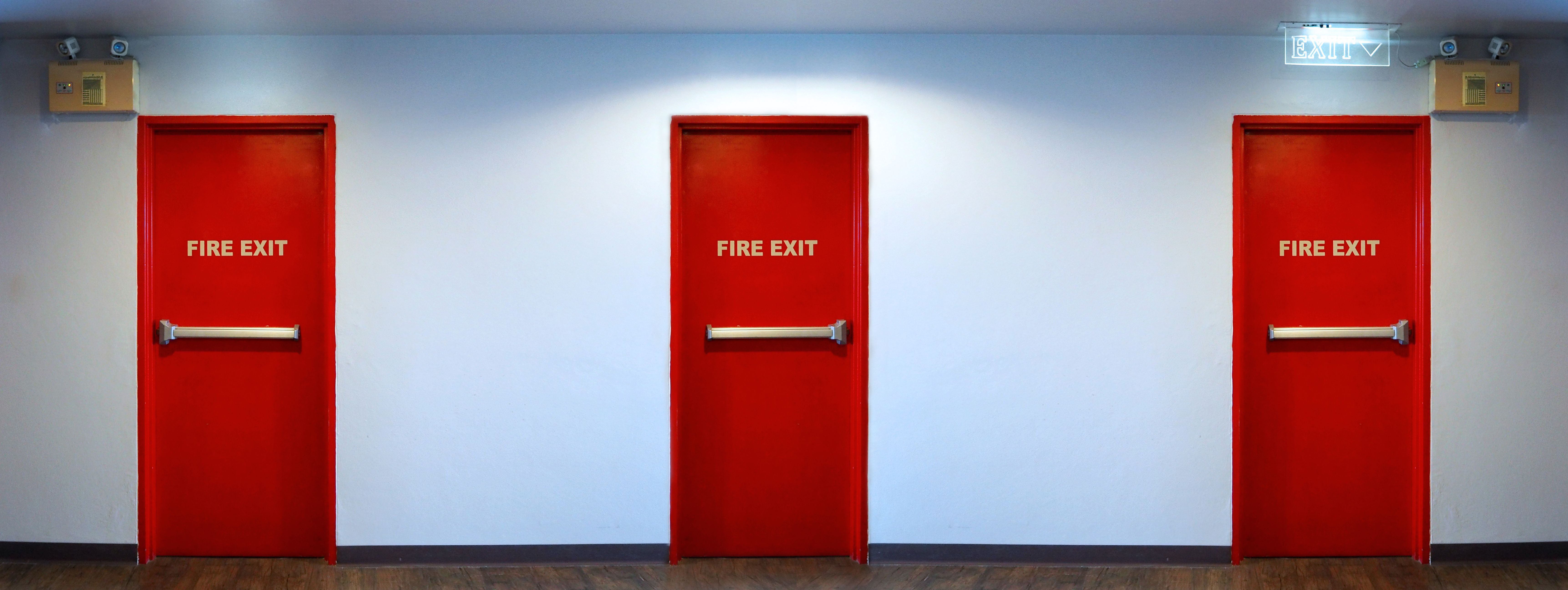
Today, advanced detection systems generate accurate early warnings, with a significant reduction in false alarms, thanks to technologies such as air aspiration detection, gas detection, and smoke detection using video cameras and image analysis.
"These advances make it possible to integrate more sophisticated alarm and detection solutions, as well as the use of more fire-resistant building materials. In terms of functionality and performance, systems such as air suction detection have proven to be highly effective, which is key in environments where the evacuation of large groups is a critical factor," says Jaime Gutiérrez Casas.
At the same time, automatic extinguishing systems (sprinklers) have evolved to be more effective and precise, with specific designs on the market for theatre and cinema environments. Today, these solutions use technologies such as aerosol suppression and fire location detection to direct the application of extinguishing agents more efficiently.
"Automatic sprinklers are mandatory in theaters and cinemas due to the high efficiency of this type of system. Protection with smoke detection has lost strength as it has been found to generate false alarms and the time between the operation of a detector and a sprinkler has been considerably reduced," explains Jaime Moncada.
In terms of communication systems, advanced developments in public address, wireless intercom and mass notification are being used to give clear instructions and manage crowds, which is essential in environments where noise and confusion can hinder communication, such as in theatres and cinemas.
On the other hand, there are also technological advances in emergency lighting systems. LED technologies and smart developments are being used to provide adequate lighting during evacuations, ensuring that escape routes are clearly visible.
In parallel, greater attention is being paid to the inclusion and accessibility of people with disabilities in evacuation plans and in the design of spaces, ensuring that all occupants can exit safely in the event of a fire.
What's next in legal matters
In Jaime Gutiérrez Casas' opinion, fire safety rules will evolve over time, as new risks arise. "That update of building and safety codes will drive the demand for new technological solutions in the market," he says.
Thus, compliance with the new standards could become complex, due to the need for costly upgrades. In contrast, even today owners and operators can face serious legal and monetary consequences if they fail to comply with current requirements, in the event of an incident.
Sticking to the rules is not the only pending challenge and Jaime Moncada points it out: "Latin America will catch up legally only when there are retroactive regulations that are specific to theaters and cinemas and when there is a serious and professional oversight of these issues in each country in the region."


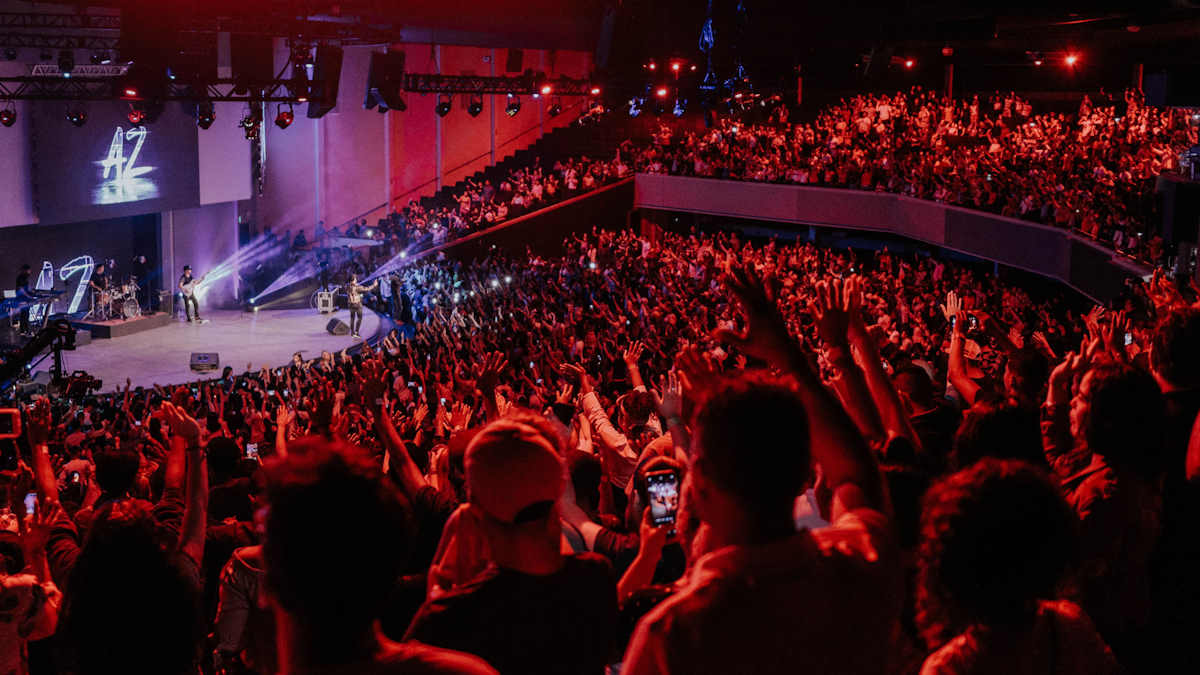























Leave your comment